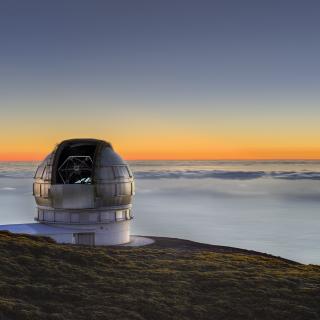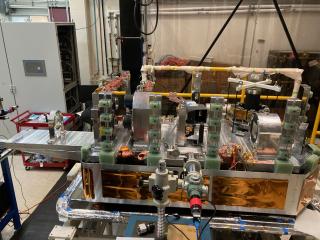The IAC is the most important astrophysics research centre in Spain. Its new Strategic Plan mainly seeks excellence in science and to strengthen and consolidate the IAC´s position as a centre of international reference for astrophysical research.The Strategic Plan involves exploration and discovery using major world facilities (like GTC, VLT and the space observatories), developing further physical insight, advanced modelling, innovation in technologies/techniques for ground/space observatories, and generation of new knowledge in key areas of astrophysics with impact in fundamental physics, chemistry and geophysics. In particular, the IAC scientific program will address key problems on: very high energy phenomena in the Big Bang and around black holes, the genesis of cosmic and gamma-rays, formation and evolution of galaxies, the life cycles of stars, physics under strong gravity fields, the physics of magnetic fields in the Sun, and the detection and characterization of Earth-like planets in nearby stars. The IAC will use and will develop alarge variety of cutting edge ground/space facilities and attract new excellent young/senior researchers to develop advances and breakthroughs in physical modelling, computer simulation and technology.



